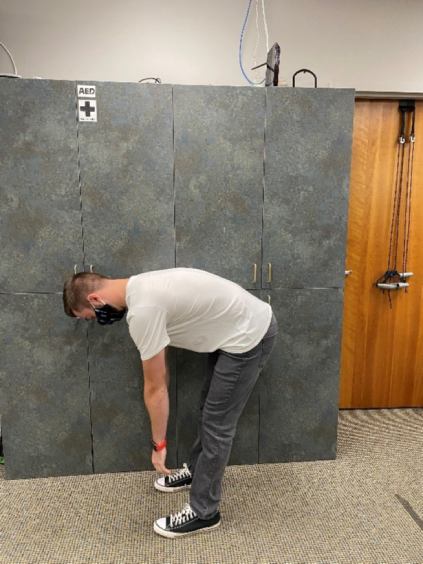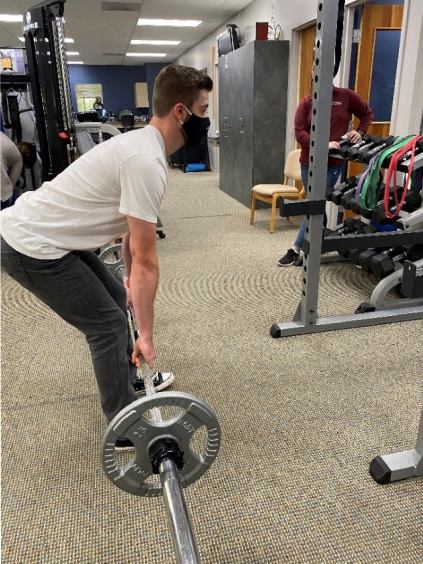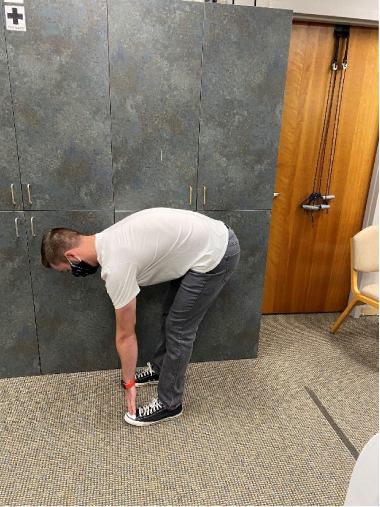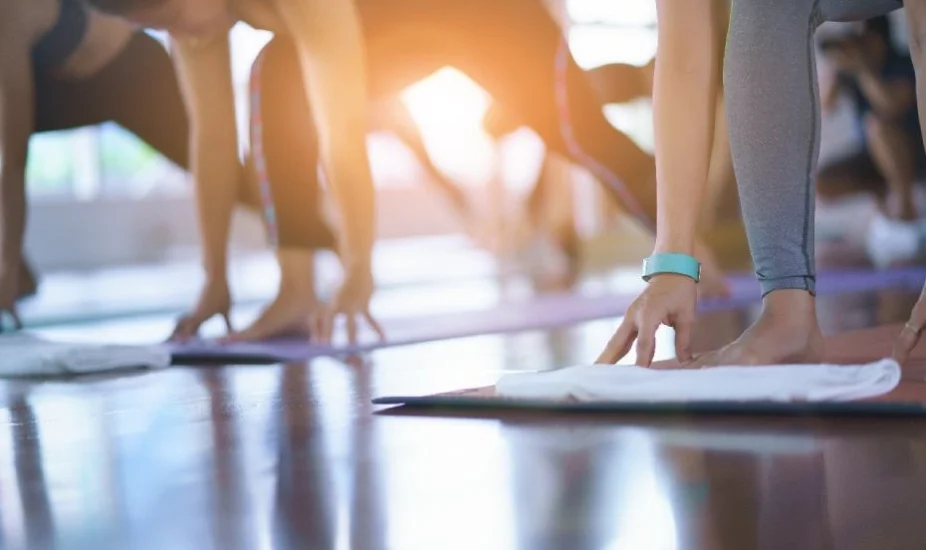Hello, Pain Pals,
We always hear stretching is the answer… Feeling sore? Stretch. Feeling weak? Stretch. Wake up? Stretch. But why is stretching important and what effect does it have on our bodies. I am Tara, a Physical Therapist at SportsCare PT in Gresham, OR, and today we are going to discuss what stretching does for the body.
There are different types of stretching to accomplish different goals. Both static stretching (holding one position over time) and dynamic stretching (movement-based stretching) are effective in increasing range of motion. However, the increase in range of motion in a joint after stretching is not necessarily directly linked to an increase in muscle length. Most of the time repetitive stretching of any sort increases the body’s tolerance for the stretch, making it feel easier and allowing for more range of motion. Either way, stretching has been shown to reduce pain in injured and weak populations.
I know what you’re thinking, “But Tara, I don’t like stretching cause I’m not good at it, it hurts and it takes too long when I only have so much time for my work out.” I hear ya! But did you know you could build tolerance to stretching and increase range of motion in joints by moving through full motion while doing resistance training?
For example, our amazing aide Colby agreed to participate in an experiment. Colby is known by his fellow staff for having extremely limited flexibility in both hips. If you are a patient, you may see him in random places throughout the clinic constantly trying to stretch with no avail.
Image 1 is a picture of Colby’s hamstring flexibility prior to performing resisted deadlifts through full range of motion with resistance. As you can see, he is far from touching his toes although he is trying his best.
Image 2 is a picture of Colby mid exercise using great form. He completed 3 sets of 8 reps of 95-pound dead lifts.
Image 3 is a picture of Colby following the exercise, again, trying to touch his toes. As you can see, he is successful! (Hooray!) He was also very surprised with his progress. GEAUX Colby!

Image 1: Pre-Strengthening Hamstring Range of Motion

Image 2: Dead Lifts. 3 sets of 8 at 95-pounds.

Image 3: Post-Strengthening Hamstring Range of Motion
So, in conclusion, stretching helps improve range of motion of joints and can help reduce pain. Stretching is not necessarily linked to the length of the muscle improving. You can work on stretching while strengthening and still see results in joint range of motion. All in all, motion is lotion and more movement is better than no movement!
Thank you, Pain Pals, for tuning in to the first entry of my Physical TARApy blog series. Stay tuned for more!
Have a great day and GEAUX TIGAHS!
Tara Harrington, PT, DPT

